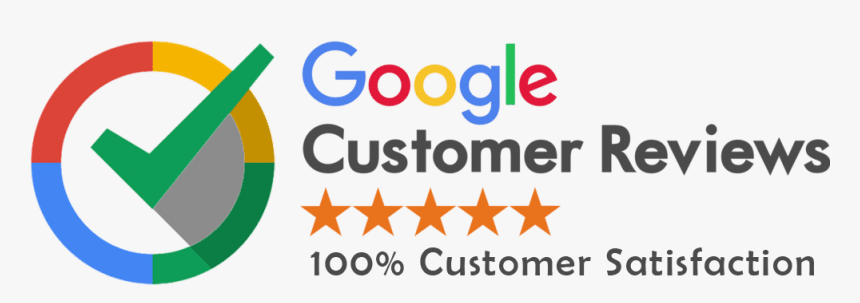Today, every company, no matter how big or small, needs a professional website. However, for individuals who have never developed a website before, getting started may be frightening. A website may be one of the most significant aspects of a company’s success; it can help clients develop trust in you and turn away potential consumers..
Getting a small company website might be one of the most difficult things for a small company owner to deal with. The challenge becomes even more daunting when you realize that there are an infinite number of options, and the costs can fluctuate dramatically without any rhyme or reason. A professional website designer’s primary goal should be to develop a website that will generate more genuine and relevant visitors to your business, produce more leads, and minimize difficulties for users across the spectrum while they browse through it for various reasons and demands.

Because in 2021 a firm without a website is unimaginable, it’s clear you’re concerned with developing a small company website. As you continue forward, step by step, towards establishing a larger business entity, keep your bigger goals and objectives in mind.
The 10 tips listed below
#1. A Professional Design Doesn’t Have to be Expensive
Your design does not need to break the bank (or, at least it doesn’t have to if you go about it in the right way). The idea of hiring a professional designer is nice, but really impractical for some small businesses. There are plenty of free or very affordable website templates out there that look great but may also leave room for improvement. Using these templates as a base on which you can add your own flair will make sure that your site looks good while still leaving some money left over for other business expenses.
#2. What Problem Does Your Site Solve?
If you want people to take action and buy something from your site, then don’t just show off your product’s features and benefits – tell the story behind it. Most people don’t want to hear about how great your product is; they care more about why you made it and what problem it solves. Maybe there were no other products that did exactly what yours does or maybe you took a unique approach to solving the problem that others hadn’t considered before.
#3. Make Sure Your Site Is Mobile Friendly
This shouldn’t be an issue anymore, but it still is for some businesses who might not have heard of this requirement yet. If users can’t access your site when they are on their mobile devices then they won’t stay long enough to see all of your content, let alone make a purchase or call you for support which will really hurt your business. Avoid the embarrassment of having a site that looks terrible on mobile devices by making sure it looks good on every screen size right from the start.
#4. Lead Capture Forms Are Important, Too
It might be tempting to skip this step and go straight into selling your product or service but chances are you won’t make much money that way, if any at all. You need some sort of lead capture form to create an email list so you can stay in touch with users who have shown interest in what you have to offer. There are plenty of free tools out there for this purpose so don’t waste time reinventing the wheel when these solutions are ready-made for you already.
#5. Your Homepage Should Contain an Attractive Call to Action
So you’ve got a great design and some fantastic content that tells your visitors about all the reasons they should buy from you. Now it’s time to give them that final push to take action, possibly with a large CTA button somewhere on the page. The more clear and prominent the CTA is, the higher chance of someone clicking on it so don’t be shy when placing it in an appropriate spot – just make sure there are no distractions in front of it or people might never see it in the first place.
#6. Promote Your Social Media Profiles Every Way You Can
This step isn’t necessarily related to website design but is too important to not mention so here goes: nowadays, every business needs a social media presence. In fact, it’s almost as important as having a website to promote your company and gather leads. Make sure that you have professional looking avatars and cover photos so your profile looks exactly how it should look if you want to impress potential customers.
#7. Have a Press Kit Ready
The chances of getting written up by a blog or news site are pretty slim but many businesses still require a press kit anyway just in case they get lucky enough to be noticed online somewhere. Even if no one ever publishes anything about your brand, having this information on hand can come in handy when doing business with other companies who might need material like this for their own marketing efforts (for example, an ad agency that wants to create a viral marketing campaign for you
#8 .Update Your Site Regularly with Fresh Content
Don’t just add one piece of content when you first launch your website and then neglect it from there on out – remember that people want to see new things as often as possible, not only at launch time. Even if you aren’t adding anything new, make sure the existing content is well-maintained and easy to find so visitors can browse through it without much effort or distraction.
Animated banner designs based on CSS3 which are now supported by all modern browsers Background pattern design – web page background design ideas for websites created by the pattern divider tool This free Web Design tool helps you create a website background quickly and easily.
In case you didn’t know, your brand’s Logo Design is very important in regards to how people perceive the company at first glance – it should be memorable and unique but not too flashy or complicated. People will associate all sorts of qualities with your logo which is why it needs to look good at any size because that’s exactly what people will see whether they are viewing it on their mobile phone or big screen TV.
#9. Get a Fast Loading Time Even With a Lot of Content
You might think loading time doesn’t really matter when considering how small businesses can get away with websites that are slow by default because most of their users won’t be hitting them from super fast internet speeds, but you could be surprised how much of an impact loading speed can have. The longer it takes for your site to load, the more likely people will get impatient and give up on it altogether so try to keep this in mind when designing your website and if necessary cut out any unnecessary elements that slow things down needlessly – there’s no reason why a small business website should take 2 minutes or more to load completely.
#10. Make Sure Your Site Looks Great on All Devices
While managing to look good using responsive design technology across all platforms (desktop computers, tablets and mobile phones) is still mostly a pipe dream for many websites at the moment (you either get the best of both worlds or the worst of both worlds with websites that have been designed to be responsive but don’t work very well across all platforms), it’s a surefire way to make your website look professional and trustworthy. The more clutter-free and easy to navigate a site is on any device, the more people will use it.


